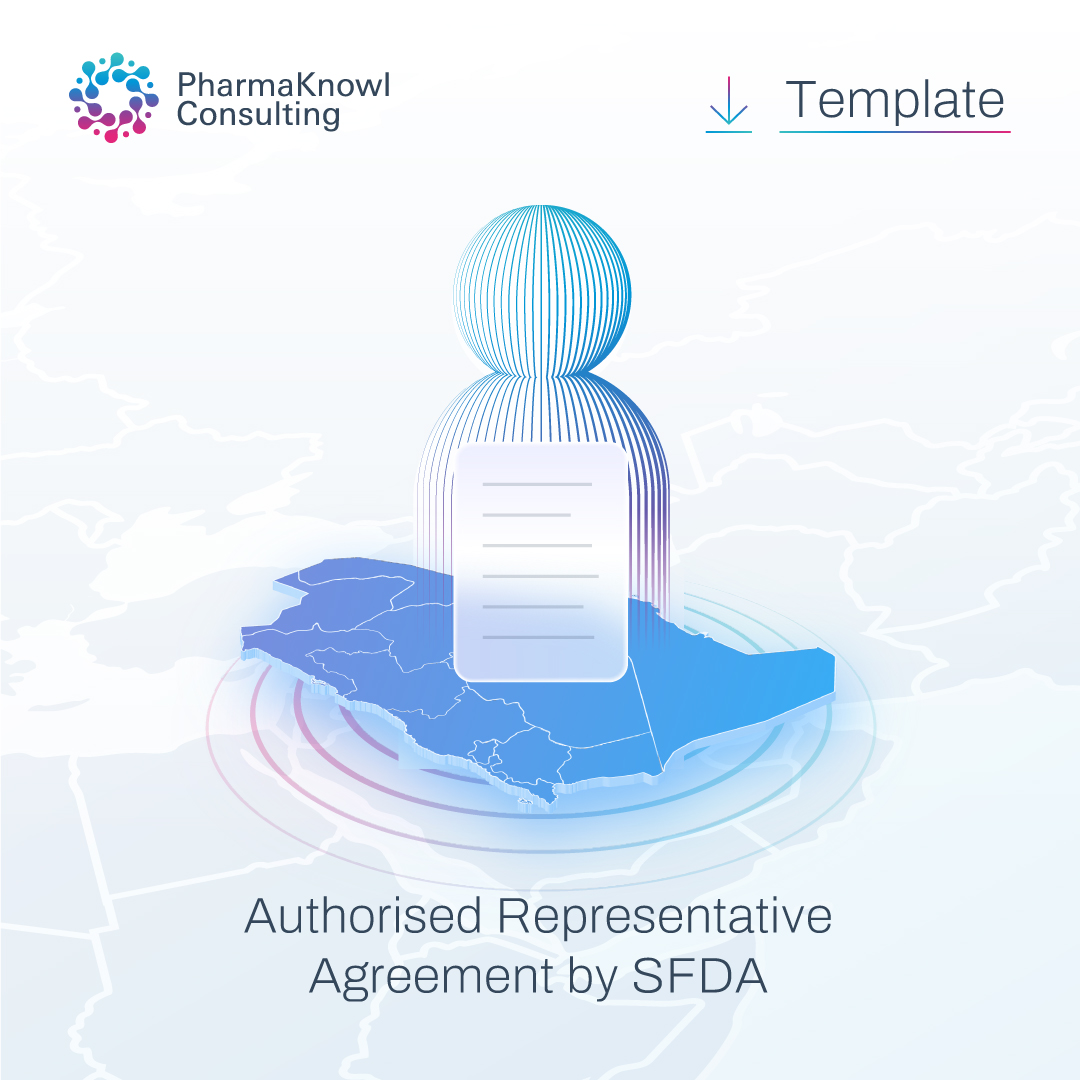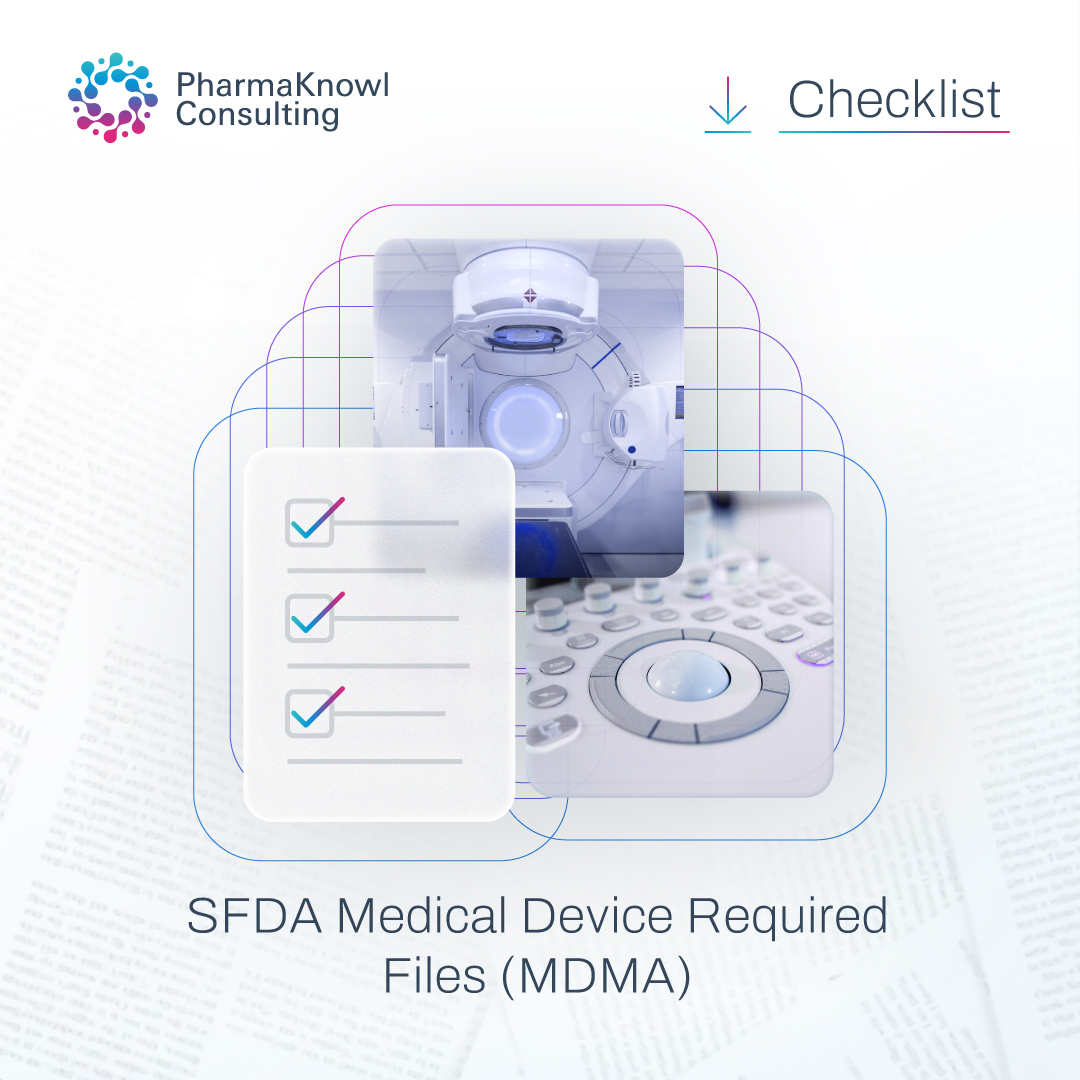
About the Author
Mohammed Jobran
Regulatory consultant with +20 years of experience working for the SFDA, multinational companies, and as a consultant in PharmaKnowl.
As drug regulations in Saudi Arabia become more stringent and sophisticated every year, biotech and pharmaceutical companies planning to introduce new products into the Saudi market should initiate their SFDA drug registration project by developing a robust regulatory affairs strategy (RA Strategy).
The concept of RA Strategy is known by most, mastered by a few. We encounter many who apply the “fix it on the road” strategy, resulting in repetitive mistakes. Others might even head to the unknown by pivoting their project around the submission requirement, whether they are available or not. Such practices ultimately result in high exposure to risks, the least of which is delaying the product launch.
Executive managers would sense when their regulatory project lacks an efficient strategy, typically by noting growing regulatory difficulties along the registration path. The expected risks of a weak RA Strategy vary from minor issues that cause repetitive additions to timelines and budgets, to major overlooked issues that might engender years of delay, inability to market, or profitability impact, let alone the total abandonment of projects with complete loss of investment.
Therefore, developing a solid RA Strategy for your product registration is essential to avoid the abovementioned complications. Also, you need to align your regulatory activities with the commercial objectives. Even if your product is eligible for accelerated pathways or designations, it is still axiomatic to establish a reliable RA Strategy to utilise invaluable returns such as:
- Accurate business decisions
- Compliance assurance.
- Smoother market access
- Measured regulatory impact
- Shorter launch timelines
- Controlled budget
- Investment protection
At PharmaKnowl, we structure our RA Strategy holistically to include all affecting factors. It is built specifically for the Saudi market with the flexibility to adopt different types of products, centred around the following elements:
- Company objectives
- Product Specifications
- Applicable Regulations
- Regulatory Intelligence
- Stakeholders Input
The RA Strategy document will ultimately reflect the outcome of a comprehensive 360-degree regulatory analysis of all involved entities, assets, functions, and marketing phases. Its core should at least incorporate the following:
- Regulatory Compliance
- Risks & resolution methods
- Entities Due Diligence (MAH & manufacturer GMP)
- Drug File Gap Analysis
- High-cost and time-consuming requirements, such as clinical trials, stability studies & bioequivalence.
- Applicable Regulatory Procedures
- New drug, biological, ATMP, biosimilar, or generic application.
- Orphan Drug Designation
- Breakthrough Medicine Designation
- Priority Review Registration
- Verification and abridged registration
- Special Access Program (SAP)
- GHC central drug registration
- etc.
- Regulatory Intelligence
Research similar cases, the regulatory environment, product classification, alternative registered therapies, prescription status, and other relevant factors. - Post-marketing Obligations
- For example, pharmacovigilance considerations & budget.
- Clinical studies (Phase IV, PASS)
- Conditional Approval data Obligations
- Commercial
- Primary pricing analysis and expectations
- Regulatory impact on tenders, reimbursement, and formulary listing.
- Permitted marketing models
- Revision of supply routes
- Finance
- Detailed regulatory budget setting
- Life cycle management impact on profit margins, such as changing manufacturers or MA holders.
- Legal
- IP, patent, brand status
- Partners & Agreements
- Operational
- Primary regulatory plan
- Regulatory project timelines
- Prioritised set of requirements
From the regulatory strategy, a regulatory plan with a course of action needs to be generated and implemented within a regulatory project (Strategy>Plan>Project). The project should include defined deliverables, timelines, task ownership, stakeholders, and implementation methods. Only then will it become a day-to-day regulatory operation mission.
Read More








